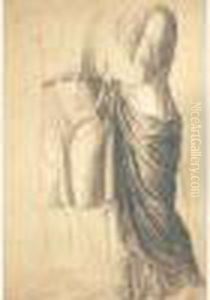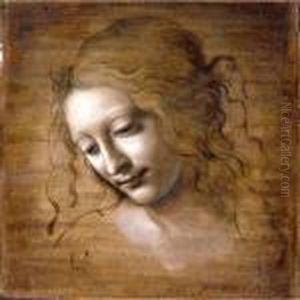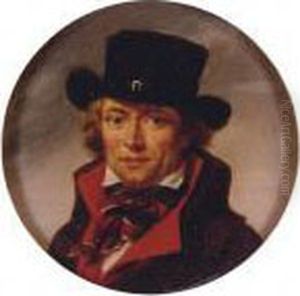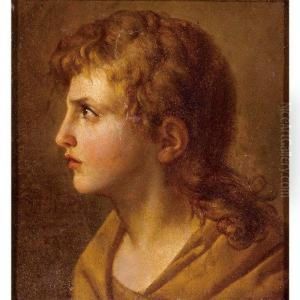Jean-Baptiste Jos. Wicar Paintings
Jean-Baptiste Joseph Wicar was a French Neoclassical painter and art collector, born on January 22, 1762, in Lille, France. His artistic journey began under the tutelage of David, a leading figure in Neoclassical art, which profoundly influenced Wicar's style and thematic choices. Wicar's early career was marked by his engagement with the ideals of the French Revolution, and he produced works that reflected the revolutionary spirit of the time.
Wicar's talent and commitment to the Neoclassical ideals quickly established him as a prominent figure within the French art scene. He was known for his portraits, historical scenes, and ability to capture the essence of his subjects with remarkable clarity and emotional depth. His works were celebrated for their elegance, precision, and adherence to the classical traditions, which he reinterpreted in the context of his era.
During the Napoleonic era, Wicar found patronage under Napoleon Bonaparte, which allowed him to travel extensively across Europe. His travels not only broadened his artistic horizons but also enabled him to amass a significant collection of art and antiquities. Wicar's collection, known for its quality and breadth, included drawings, paintings, and classical artifacts, which he later bequeathed to his hometown of Lille.
After the fall of Napoleon, Wicar spent a significant portion of his life in Italy, particularly in Rome, where he continued to work and contribute to the artistic and cultural life of the city. In Rome, he became a central figure among the community of artists and intellectuals, further solidifying his reputation as a masterful painter and respected art collector.
Jean-Baptiste Joseph Wicar passed away on February 27, 1834, in Rome. His legacy lives on through his contributions to the Neoclassical movement, his influential works of art, and the Wicar Collection, which remains a testament to his life's passion for art and antiquity. Wicar's artistic vision and dedication to the principles of classical beauty have left an indelible mark on the history of art, making him a celebrated figure in the annals of Neoclassical painting.
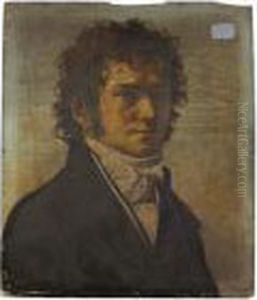
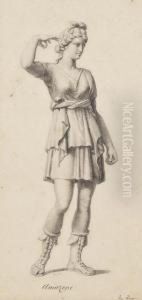
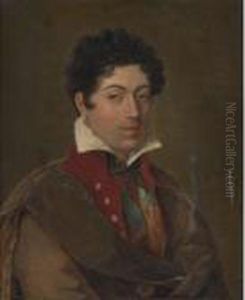
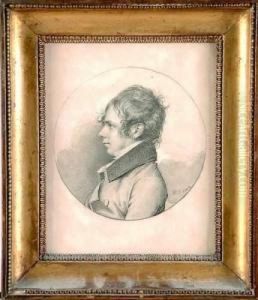
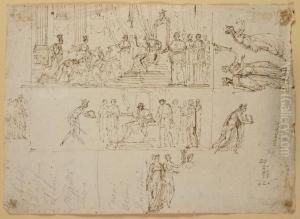
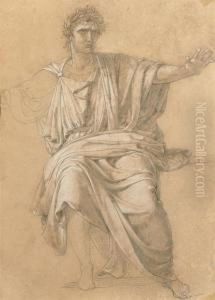
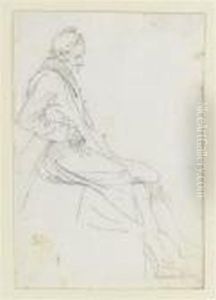
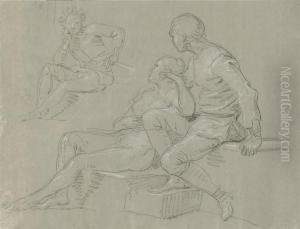
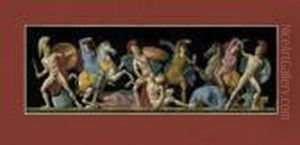

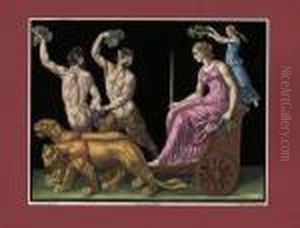
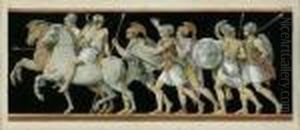
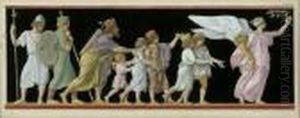
![Tete D'homme Barbu De Profil [, Study Of A Bearded Man Seen In Profile, Black Chalk]](https://www.niceartgallery.com/imgs/1695173/s/jeanbaptiste-jos-wicar-tete-dhomme-barbu-de-profil-study-of-a-bearded-man-seen-in-profile-black-chalk-28f7d92.jpg)
